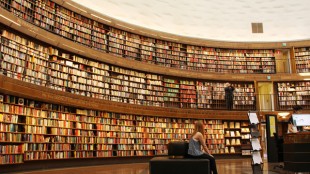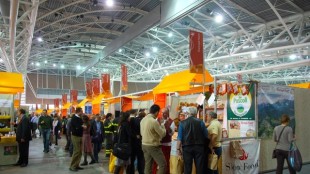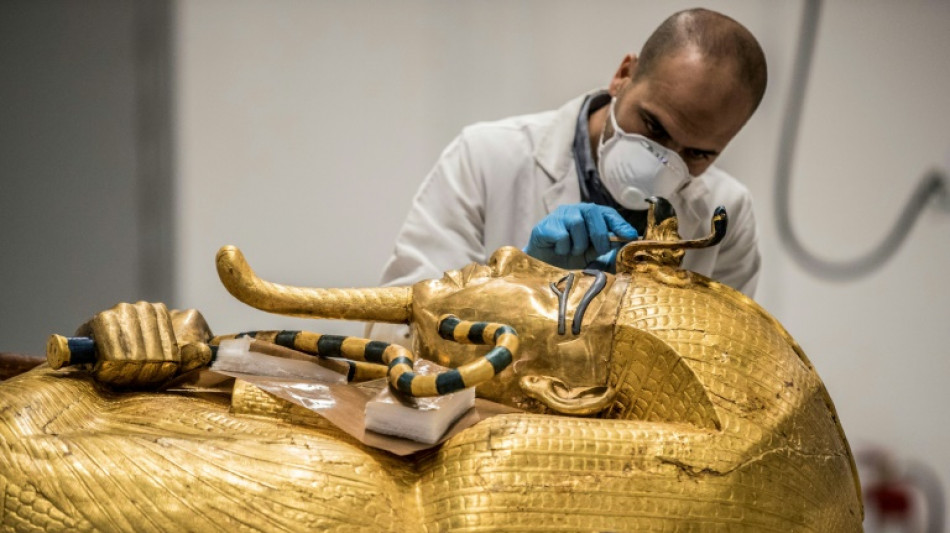
-
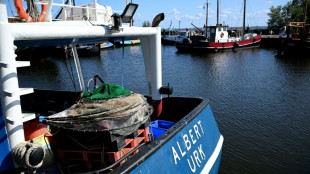 Dutch coastal village turns to tech to find lost fishermen
Dutch coastal village turns to tech to find lost fishermen
-
Boxer Chavez's appeal against arrest if deported from US rejected: Mexico prosecutor

-
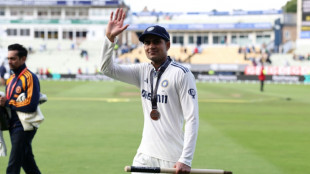 India captain Gill hailed back home after 'brilliant' Test win
India captain Gill hailed back home after 'brilliant' Test win
-
The making of Australia's mushroom murders
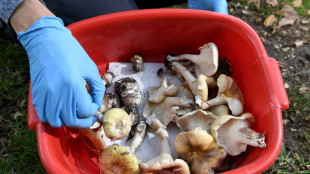
-
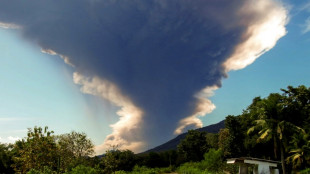 Indonesia volcano spews 18-kilometre ash tower
Indonesia volcano spews 18-kilometre ash tower
-
Youthful Chelsea ready for Thiago Silva reunion at Club World Cup

-
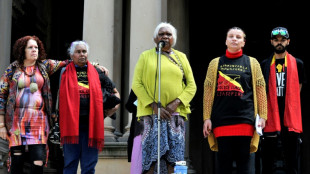 Australian inquiry cites racism in Indigenous shooting
Australian inquiry cites racism in Indigenous shooting
-
Djokovic wary despite Wimbledon form, dominant Sinner faces Dimitrov
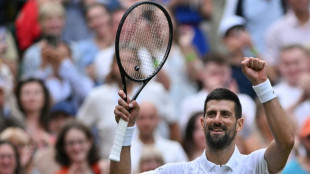
-
 Australian woman found guilty of triple murder with toxic mushrooms
Australian woman found guilty of triple murder with toxic mushrooms
-
Indonesia volcano spews 18-kilometre ash tower: agency
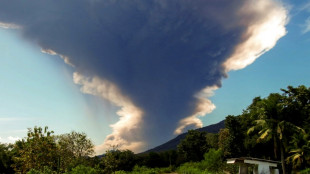
-
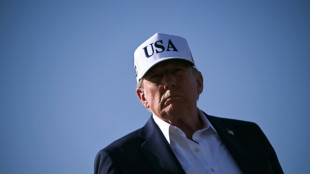 Trump says to send first tariff letters on Monday
Trump says to send first tariff letters on Monday
-
The strange case of Evgeniya Mayboroda, Russia's rebel retiree
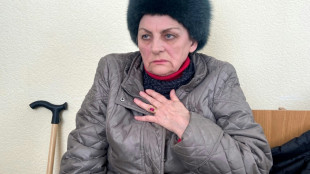
-
 Asian markets drop as Trump's tariff deadline looms
Asian markets drop as Trump's tariff deadline looms
-
Under-strength Brumbies eye 'big opportunity' against Lions
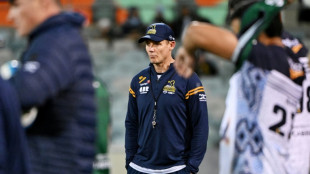
-
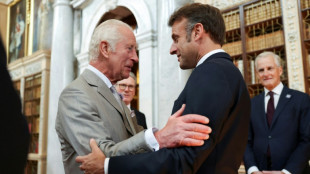 Macron to rekindle relationship with Francophile King Charles on UK visit
Macron to rekindle relationship with Francophile King Charles on UK visit
-
Trump hosts Netanyahu, hopes for Israel-Hamas deal 'this week'
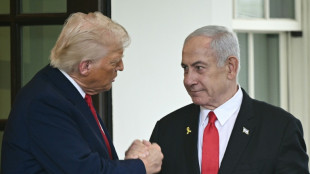
-
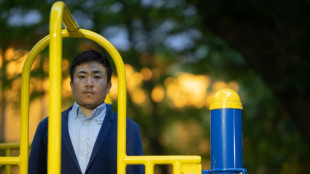 Pressed to confess: Japan accused of 'hostage justice'
Pressed to confess: Japan accused of 'hostage justice'
-
Demna to bow out at Balenciaga in Paris Haute Couture Week
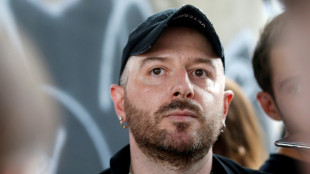
-
 Host of internationals in Australia-New Zealand squad to face Lions
Host of internationals in Australia-New Zealand squad to face Lions
-
Egyptian conservators give King Tut's treasures new glow
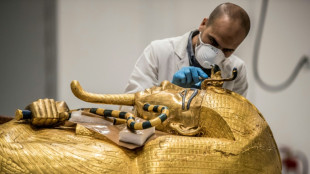
-
 Mexico defeat USA 2-1 to retain CONCACAF Gold Cup
Mexico defeat USA 2-1 to retain CONCACAF Gold Cup
-
Visa's 24/7 war room takes on global cybercriminals

-
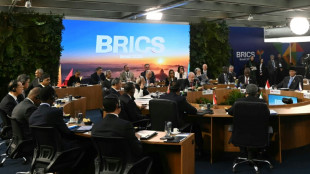 BRICS nations slam Trump tariffs, condemn strikes on Iran
BRICS nations slam Trump tariffs, condemn strikes on Iran
-
MLB Nationals fire manager Martinez, GM Rizzo after loss

-
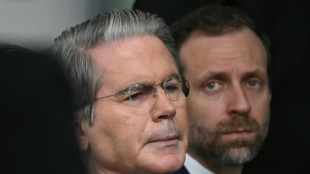 US tariffs to kick in Aug 1, barring trade deals
US tariffs to kick in Aug 1, barring trade deals
-
Trump slams former ally Musk's political party as 'ridiculous'
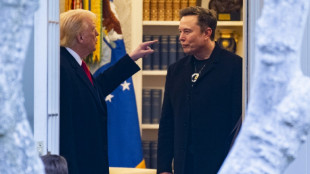
-
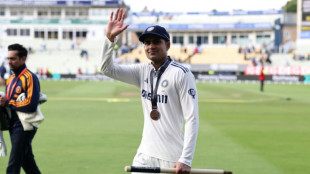 Three things we learned from the second England-India Test
Three things we learned from the second England-India Test
-
Norway reach Euro 2025 quarter-finals as Swiss down eliminated Iceland

-
 Alcaraz vows to avoid Murray after defeat on golf course
Alcaraz vows to avoid Murray after defeat on golf course
-
Alcaraz finds magic touch at Wimbledon as Sabalenka storms into quarter-finals
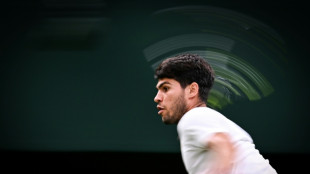
-
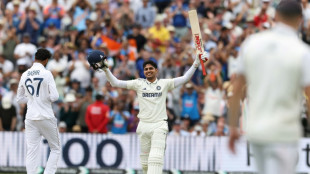 Run-hungry Gill glad to 'lead by example' as India level England series
Run-hungry Gill glad to 'lead by example' as India level England series
-
Rockets confirm arrival of Durant in unprecedented NBA seven-team trade

-
 Alcaraz survives Rublev test to stay on course for Wimbledon hat-trick
Alcaraz survives Rublev test to stay on course for Wimbledon hat-trick
-
New Zealand's Dixon wins seventh IndyCar Mid-Ohio title

-
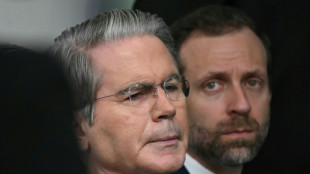 US tariffs to kick in Aug 1, barring trade deals: Bessent
US tariffs to kick in Aug 1, barring trade deals: Bessent
-
England consider Archer and Atkinson recall after heavy India defeat

-
 Durant deal becomes NBA-record seven-team trade: reports
Durant deal becomes NBA-record seven-team trade: reports
-
Verstappen laments 'really difficult' Silverstone fifth

-
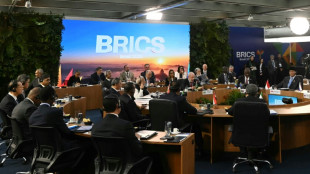 BRICS nations hit out at Trump tariffs
BRICS nations hit out at Trump tariffs
-
Hansen shoots Norway to brink of Euro 2025 quarter-finals

-
 Jennifer Geerlings-Simons becomes Suriname's first woman president
Jennifer Geerlings-Simons becomes Suriname's first woman president
-
Netanyahu says Trump meeting could 'advance' Gaza deal ahead of Doha talks
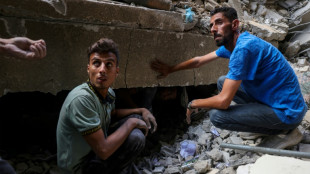
-
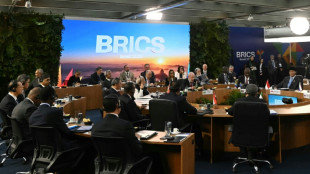 BRICS meeting in Rio hits out at Trump tariffs
BRICS meeting in Rio hits out at Trump tariffs
-
Hulkenberg shakes off F1's longest unwanted record with podium finish at Silverstone
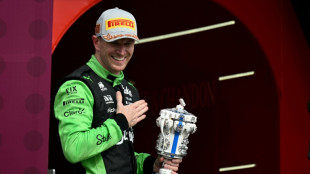
-
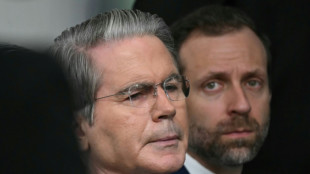 US tariffs to kick in Aug 1 barring trade deals: Treasury Secretary
US tariffs to kick in Aug 1 barring trade deals: Treasury Secretary
-
Norris in dream land after epic home win at Silverstone

-
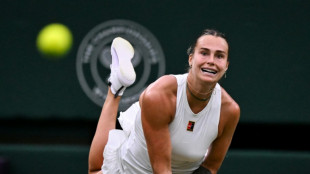 Sabalenka storms into Wimbledon quarters as Alcaraz braces for Rublev test
Sabalenka storms into Wimbledon quarters as Alcaraz braces for Rublev test
-
Sabalenka downs former doubles partner to power into Wimbledon quarters
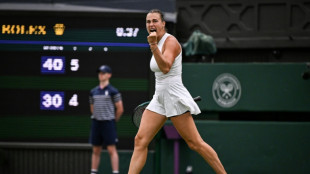
-
 'Jurassic World: Rebirth' roars to top of N.American box office
'Jurassic World: Rebirth' roars to top of N.American box office
-
Wimbledon's underdogs enjoy their week in the sun


Egyptian conservators give King Tut's treasures new glow
As a teenager, Eid Mertah would pore over books about King Tutankhamun, tracing hieroglyphs and dreaming of holding the boy pharaoh's golden mask in his hands.
Years later, the Egyptian conservator found himself gently brushing centuries-old dust off one of Tut's gilded ceremonial shrines -- a piece he had only seen in textbooks.
"I studied archaeology because of Tut," Mertah, 36, told AFP. "It was my dream to work on his treasures -- and that dream came true."
Mertah is one of more than 150 conservators and 100 archaeologists who have laboured quietly for over a decade to restore thousands of artefacts ahead of the long-awaited opening of the Grand Egyptian Museum (GEM) -- a $1 billion project on the edge of the Giza Plateau.
Originally slated for July 3, the launch has once again been postponed -- now expected in the final months of the year -- due to regional security concerns.
The museum's opening has faced delays over the years for various reasons, ranging from political upheaval to the Covid-19 pandemic.
But when it finally opens, the GEM will be the world's largest archaeological museum devoted to a single civilisation.
It will house more than 100,000 artefacts, with over half on public display, and will include a unique feature: a live conservation lab.
From behind glass walls, visitors will be able to watch in real time as experts work over the next three years to restore a 4,500-year-old boat buried near the tomb of Pharaoh Khufu and intended to ferry his soul across the sky with the sun god Ra.
But the star of the museum remains King Tut's collection of more than 5,000 objects -- many to be displayed together for the first time.
Among them are his golden funeral mask, gilded coffins, golden amulets, beaded collars, ceremonial chariots and two mummified foetuses believed to be his stillborn daughters.
- 'Puzzle of gold' -
Many of these treasures have not undergone restoration since British archaeologist Howard Carter discovered them in 1922.
The conservation methods used by Carter's team were intended to protect the objects, but over a century later, they have posed challenges for their modern-day successors.
Coating gold surfaces in wax, for instance, "preserved the objects at the time", said conservator Hind Bayoumi, "but it then hid the very details we want the world to see".
For months, Bayoumi, 39, and her colleagues painstakingly removed the wax applied by British chemist Alfred Lucas, which had over decades trapped dirt and dulled the shine of the gold.
Restoration has been a joint effort between Egypt and Japan, which contributed $800 million in loans and provided technical support.
Egyptian conservators -- many trained by Japanese experts -- have led cutting-edge work across 19 laboratories covering wood, metal, papyrus, textiles and more.
Tut's gilded coffin -- brought from his tomb in Luxor -- proved one of the most intricate jobs.
At the GEM's wood lab, conservator Fatma Magdy, 34, used magnifying lenses and archival photos to reassemble its delicate gold sheets.
"It was like solving a giant puzzle," she said. "The shape of the break, the flow of the hieroglyphs -- every detail mattered."
- Touching history -
Before restoration, the Tutankhamun collection was retrieved from several museums and storage sites, including the Egyptian Museum in Tahrir Square, the Luxor Museum and the tomb itself.
Some items were given light restoration before their relocation to ensure they could be safely moved.
Teams first conducted photographic documentation, X-ray analysis and material testing to understand each item's condition before touching it.
"We had to understand the condition of each piece -- the gold layers, the adhesives, wood structure -- everything," said Mertah, who worked on King Tut's ceremonial shrines at the Egyptian Museum.
Fragile pieces were stabilised with Japanese tissue paper -- thin but strong -- and adhesives like Paraloid B-72 and Klucel G, both reversible and minimally invasive.
The team's guiding philosophy throughout has been one of restraint.
"The goal is always to do the least amount necessary -- and to respect the object's history," said Mohamed Moustafa, 36, another senior restorer.
Beyond the restoration work, the process has been an emotional journey for many of those involved.
"I think we're more excited to see the museum than tourists are," Moustafa said.
"When visitors walk through the museum, they'll see the beauty of these artefacts. But for us, every piece is a reminder of the endless working hours, the debates, the trainings."
"Every piece tells a story."
T.Ward--AMWN
